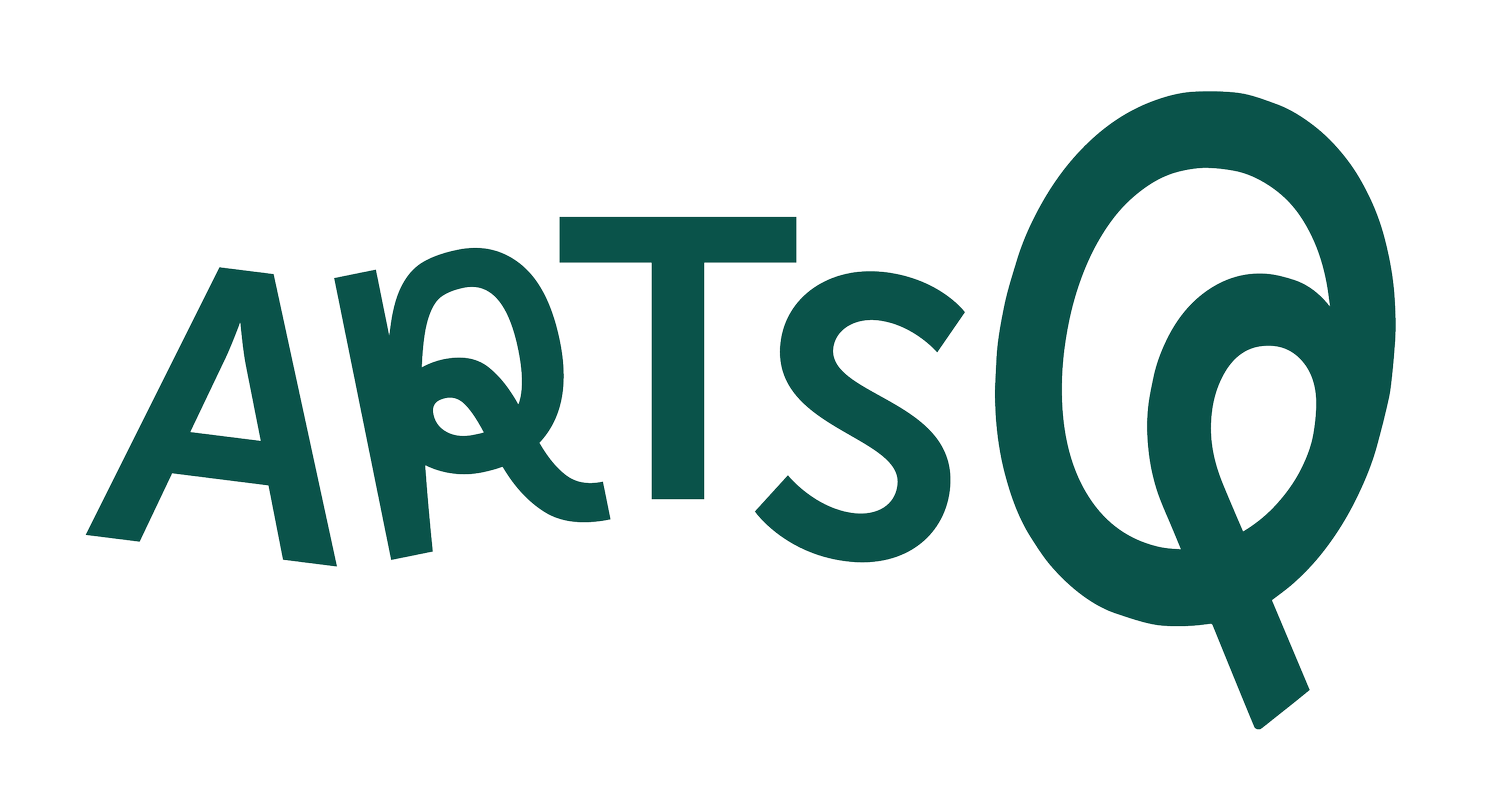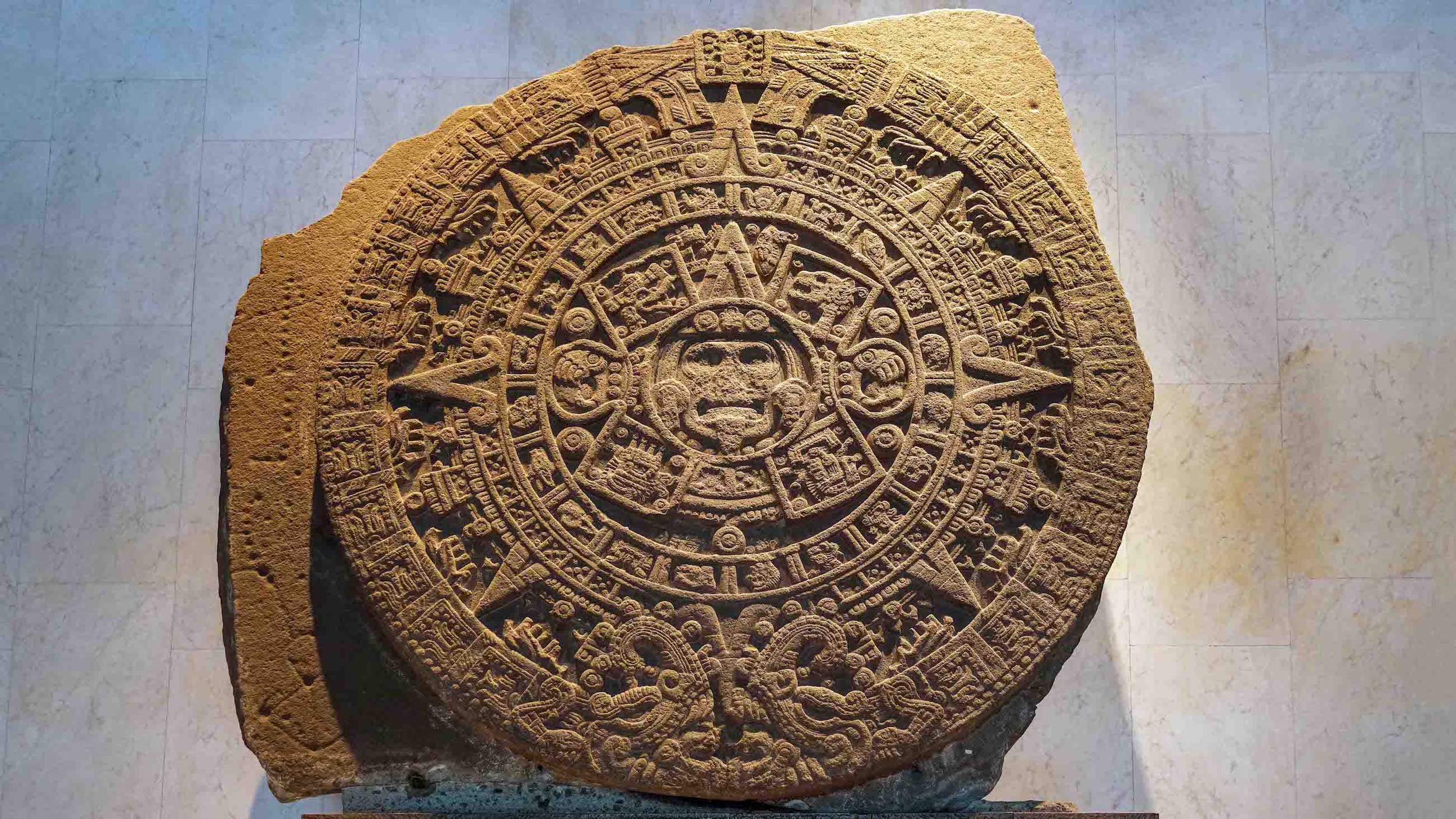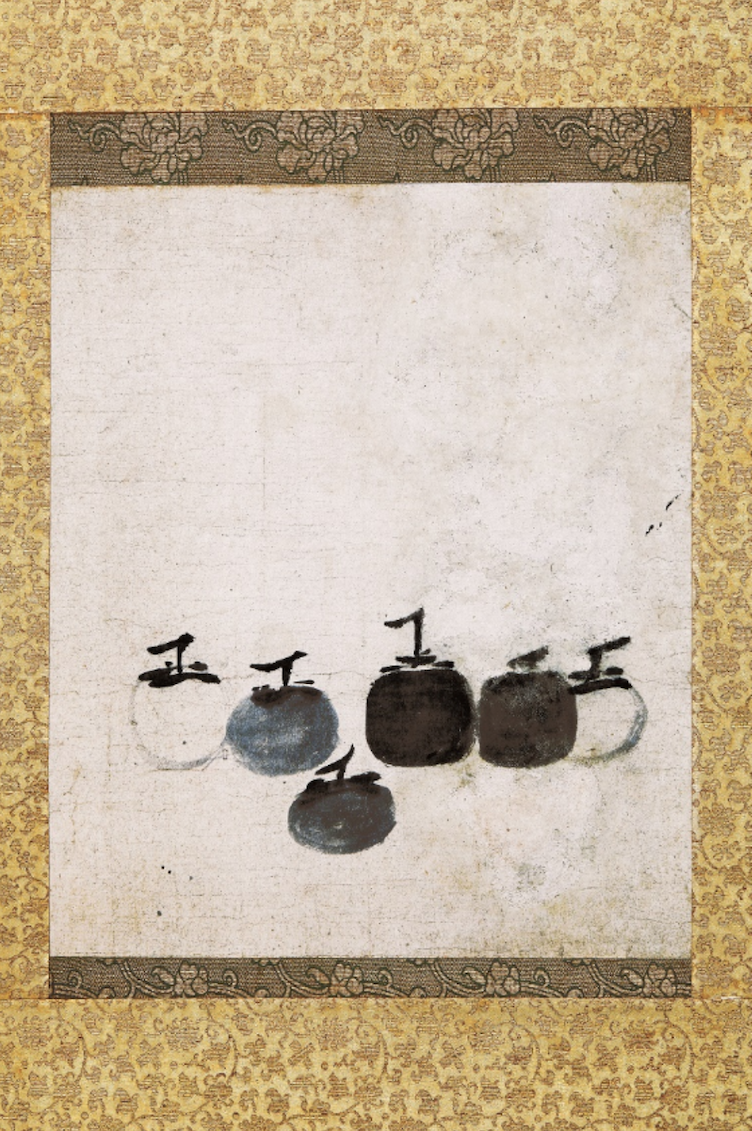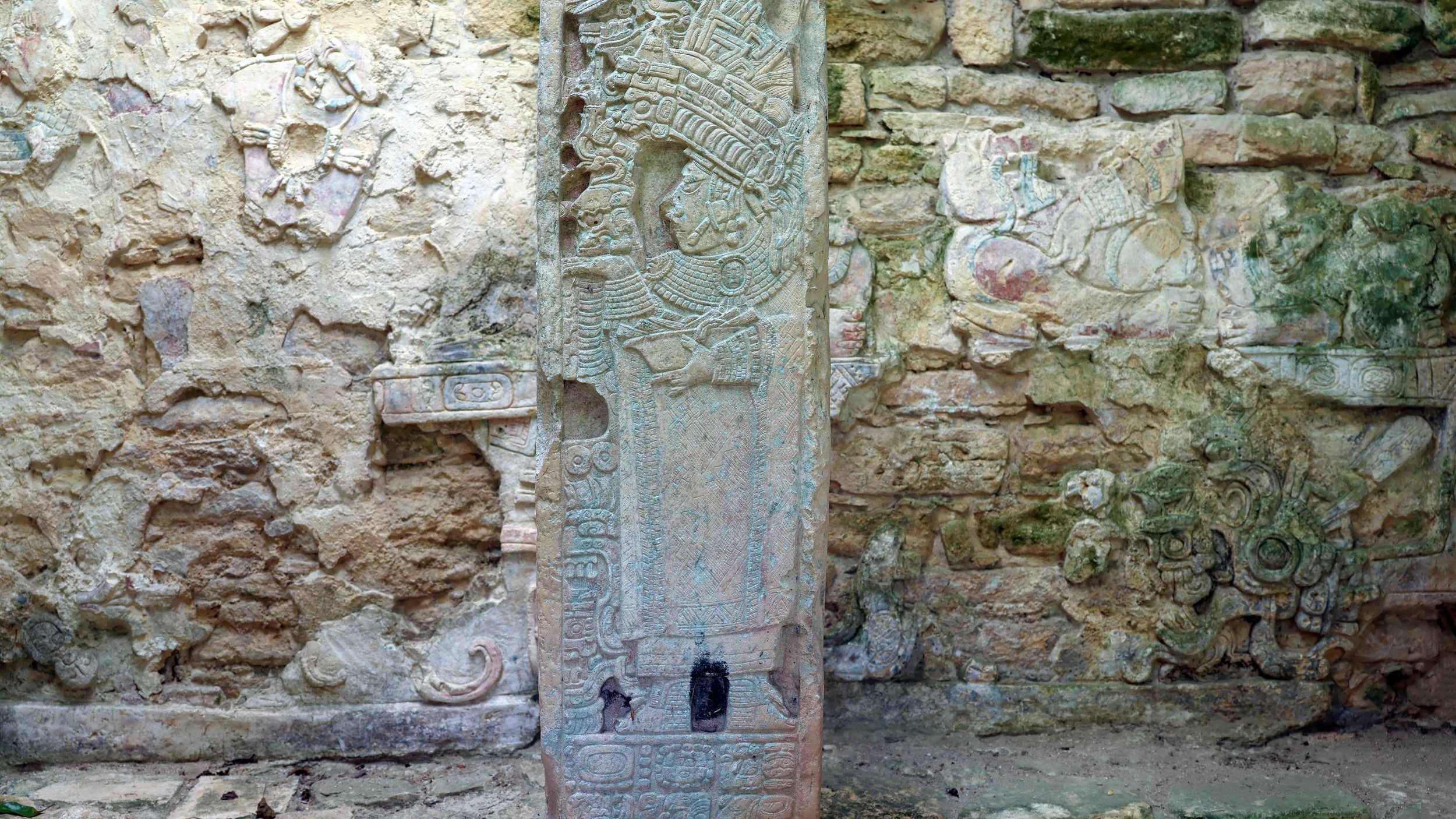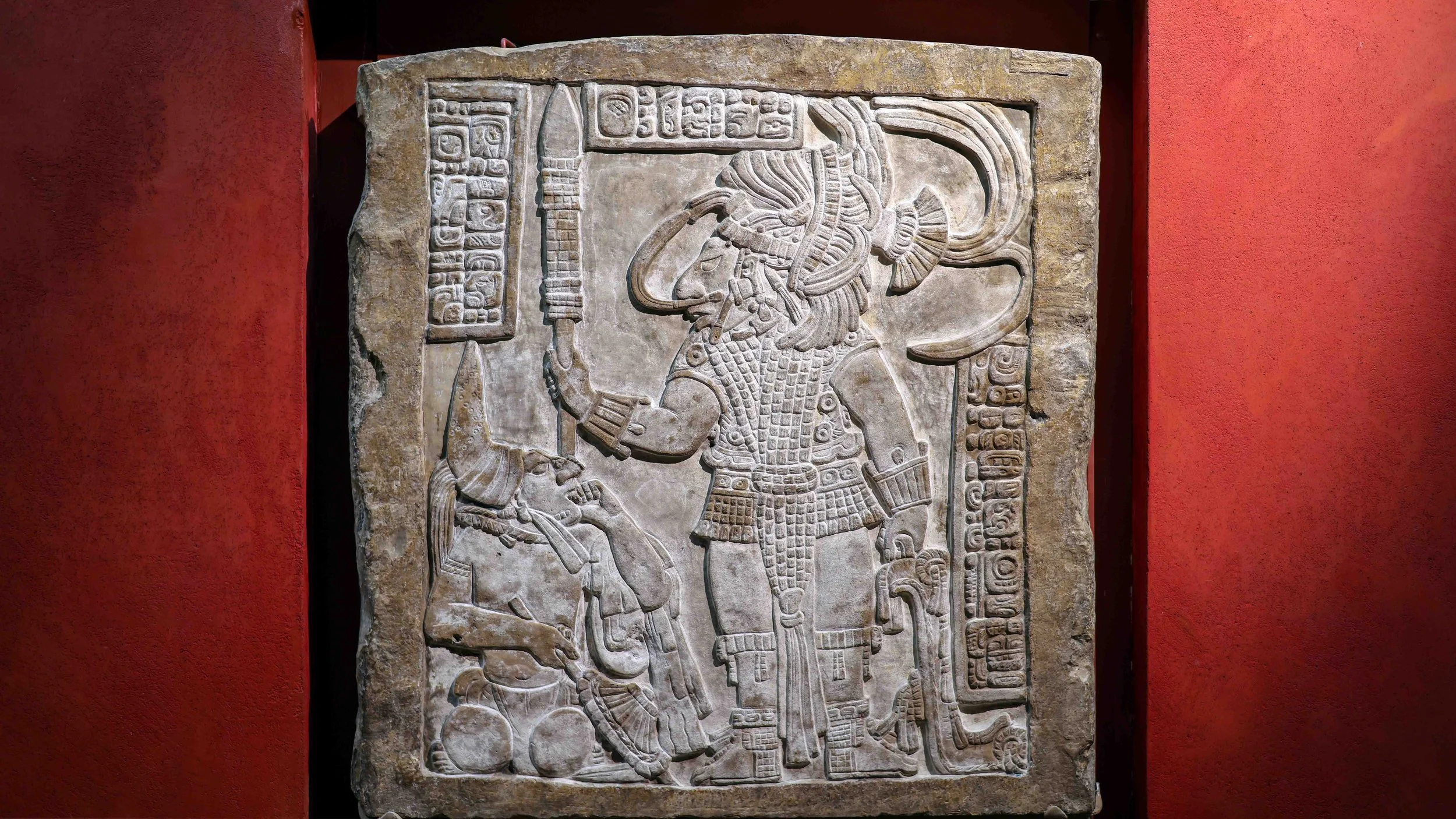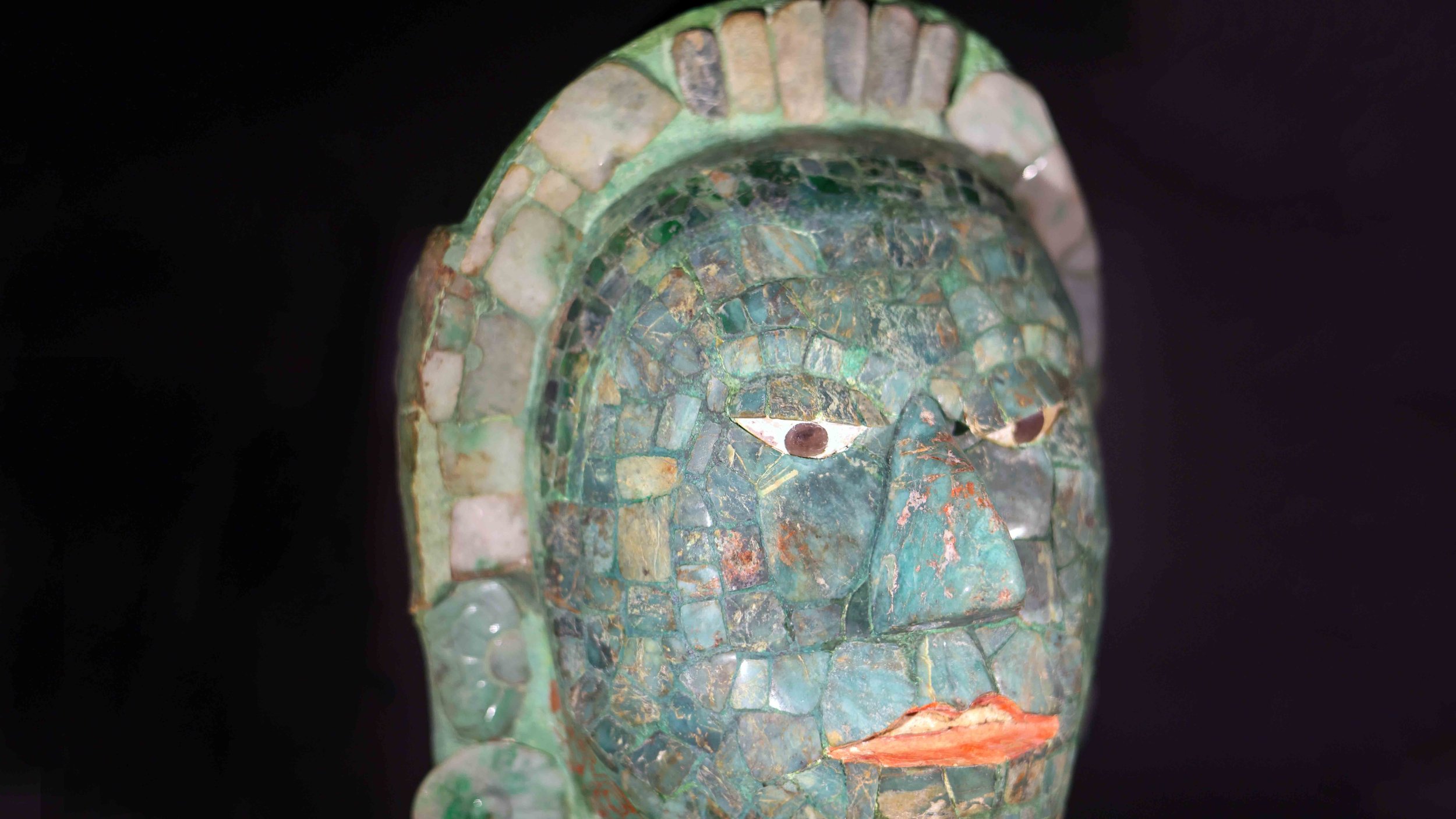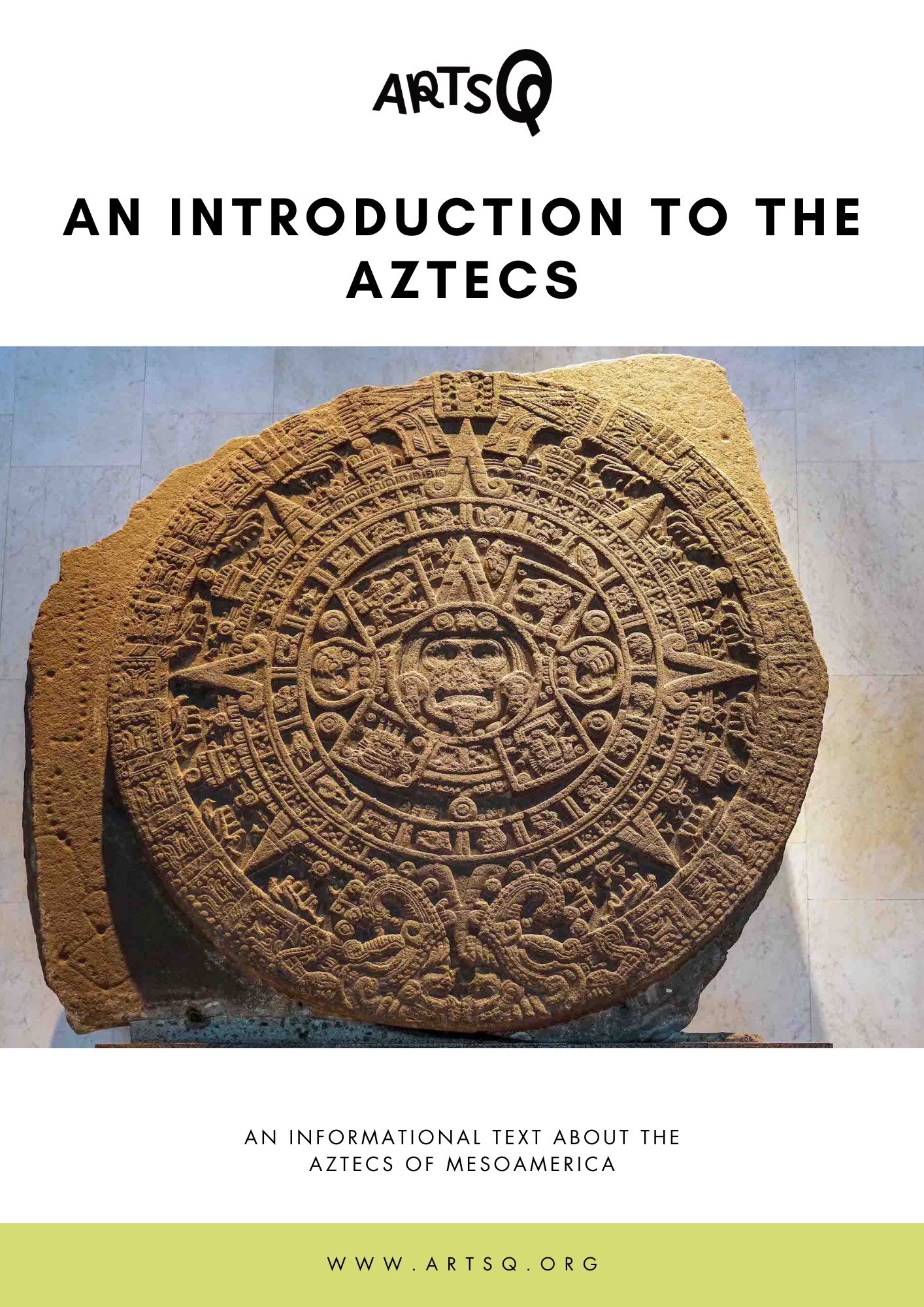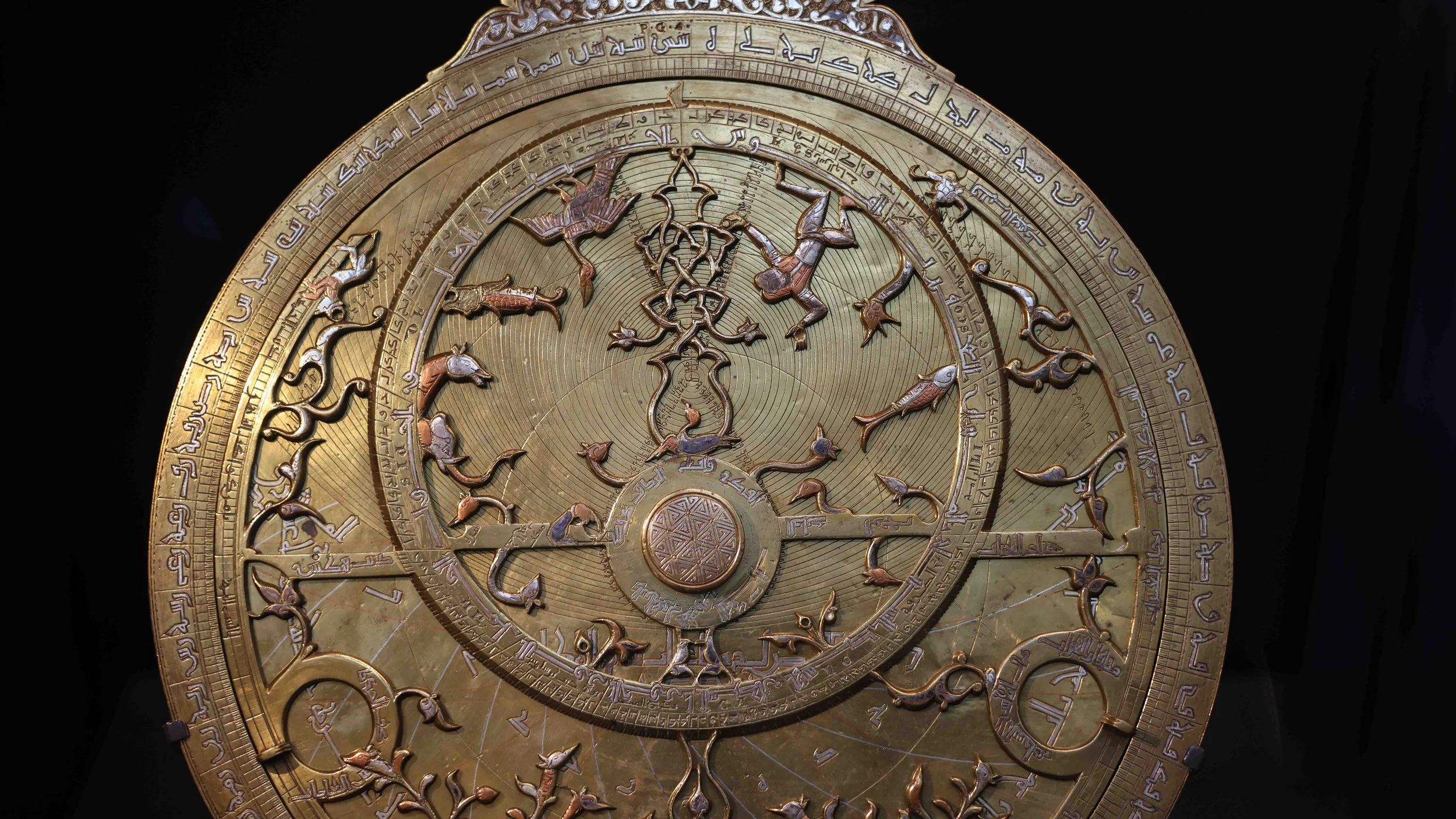
The Medieval World
Explore the diverse histories of world cultures, c. 500–1500 CE
The medieval world was far from a “dark age.” Between 500 and 1500 CE, artists and patrons across Europe, Africa, Asia, and the Americas created manuscripts, temples, textiles, sculptures, and cities that reveal vibrant cultural exchanges. From Gothic cathedrals to Maya palaces, Buddhist paintings to African ivory carvings, medieval art reflects religion, politics, trade, and daily life in a global perspective.
Why it Matters Today
Medieval art continues to shape our world. Gothic cathedrals in Europe inspire modern architecture, illuminated manuscripts preserve stories and knowledge, and Buddhist paintings from Asia influence global ideas of meditation and spirituality. Maya palaces and Andean textiles remind us of the power of community, ritual, and connection to the land.
By studying medieval art across cultures, we see how people expressed identity, faith, and creativity in ways that still influence how we build, worship, and imagine today.
From 250 to 900 CE, Maya artists built towering pyramids, carved stone lintels, and painted codices. Classic Mesoamerican art reveals royal power, ritual practices, and a connection to astronomy and timekeeping.
Between 900 and 1500 CE, Toltec, Mixtec, and Mexica (Aztec) traditions flourished. Post-Classic art includes monumental sculptures, featherwork, and codices that recorded history, mythology, and tribute.
From the Qin through Tang dynasties, Chinese art flourished in silk painting, Buddhist sculpture, and monumental architecture. Early Imperial Chinese art reveals how people expressed cosmic order, religious devotion, and state power through tombs, cave temples, and luxury objects.
Gothic cathedrals, illuminated manuscripts, and Romanesque sculpture are all part of medieval Europe. These works reveal how religion, politics, and daily life shaped artistic traditions across the continent.
During the Asuka and Nara periods, Buddhist temples, bronze sculptures, and mandalas transformed Japanese art. These works reveal Japan’s connections with China and Korea.
From 1185 to 1600, samurai culture shaped Japanese art through painted handscrolls, ink landscapes, and castles. Feudal Japan’s art reflects warrior values, Zen Buddhism, and courtly refinement.
In the medieval era, ancestral Puebloan, Mississippian, and other Indigenous cultures created architectural and mound complexes, pottery, and rock art. Their works reflect community organization, ritual practices, and connections to the natural world.
Andean civilizations like the Wari, Tiwanaku, and Inka (Inca) produced textiles, ceramics, and monumental architecture. These objects express ideas of community, agriculture, ritual, and cosmic order.
Medieval African art includes the ivory carvings of Benin, the architecture of Lalibela and Great Zimbabwe, and the manuscripts of Timbuktu. These works highlight trade networks, spiritual beliefs, and royal authority across the continent.
From the Song through Qing dynasties, Chinese art was affected by massive upheaval as well as cultural flourishing. This period (960–1911 CE) saw extraordinary achievements in painting, ceramics, calligraphy, and architecture that transformed global history.
Artists
Important Historical Individuals
Related Resources
Explore Continents
